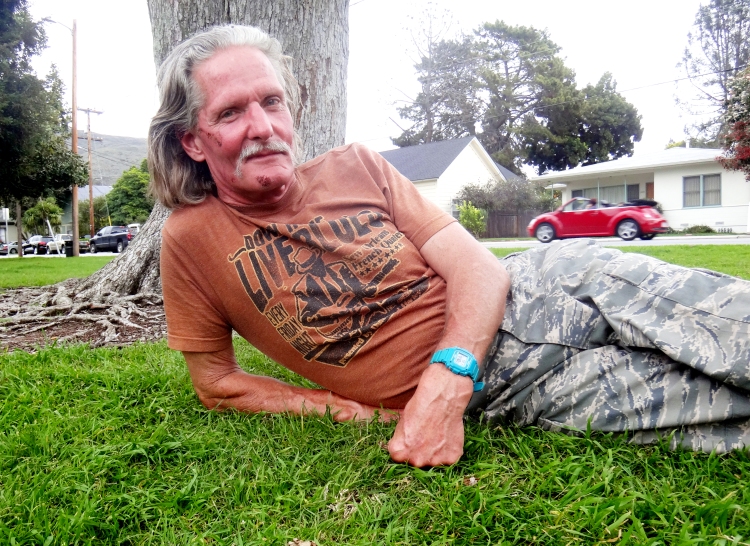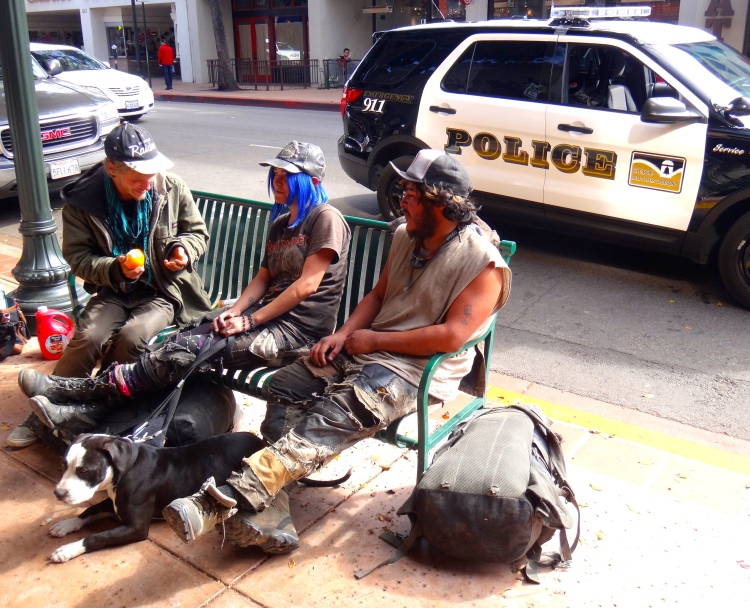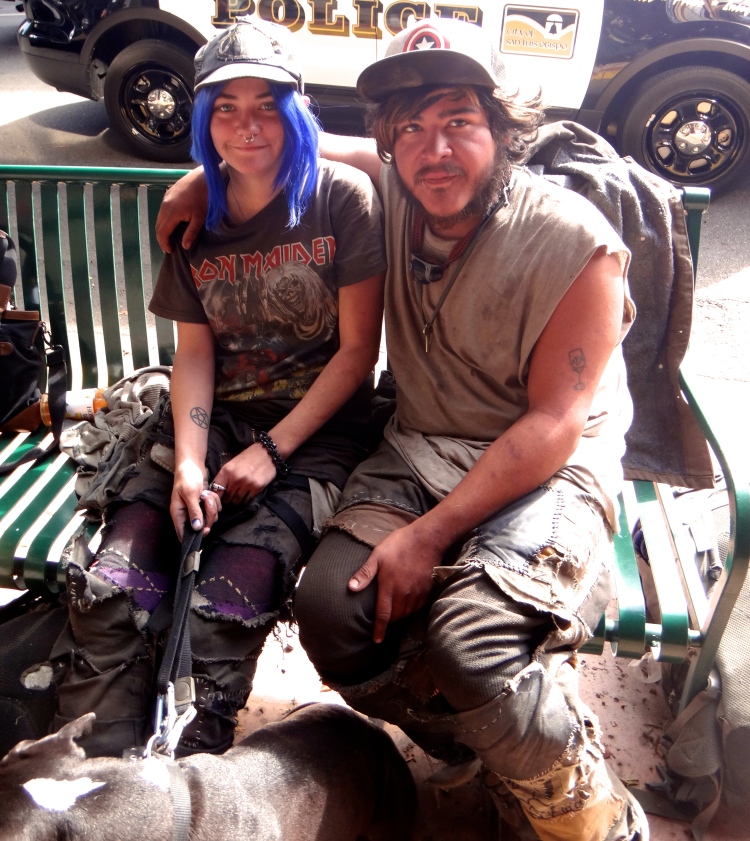Story Highlights:
- Interview with a homeless veteran
- Stories from his service
As I was finishing up filming for my video project at Mitchell Park, a man named Thomas “Tommy” Fischer approached me to ask what I was doing. The moment I told him the topic of my video, he sat down in front of the camera and started talking. “You are going to want to hear this story,” said Fischer.
I barely had a chance to pull out paper for notes before he went off on a rant about his life since last week. I was curious by his eagerness to talk to me, due to my usual regimen of having to seek someone out and then wait for them to open up.
A Cascade of Misfortune
Immediately, I could tell that something was not quite right with Fischer. Large scabs covered the right side of his face, his knuckles were lacerated and he winced whenever he shifted his body. There was a very tangible feeling of anger in him.
After a couple shaky sentences, he managed to piece together everything. Fischer lost his car, his home and his job all within the first week of March. On top of that, he was hit by a drunk driver on March 6th and ended up with broken ribs, a concussion and the visible wounds on his face and knuckles. “They had to pull me out from underneath the carriage of the car,” said Fischer.
A Long History of Service
He paused while I waited for him to collect his thoughts and start from the beginning. Fischer grew up in Marin County during the 1950’s before being shipped off to Vietnam at the age of 17. He enlisted in the Marines in 1971 and spent most of the next three decades serving with the Force Reconnaissance.
Fischer shared one of the most traumatic stories from his service. He was stationed in Lebanon during the fall of 1983, when a bomb was dropped on the barracks where his best friend also happened to be. “I was digging through the rubble to look for him when I found part of his leg. The only way I knew it was him was because of his dog tags,” said Fischer.
After being discharged from the Marines in 1998, his life came unglued. He spent years bouncing in and out of county jails, unsure of his purpose in life. “Essentially, I was broken,” said Fischer.
The Plight of Veterans
Fischer had trouble readjusting to society and was eventually diagnosed with Post Traumatic Stress Disorder. On top of that, all the events of the past week only made matters worse. “The PTSD comes back when I drink, so I do not anymore. But with a couple more nights on the street, it is guaranteed to come back,” said Fischer.
This is not the first time he has been on the streets. After suggesting a visit to the Prado Day Center or the Maxine Lewis Shelter, Fischer just shook his head and said he was not allowed back there. “Anyway, after 30 days, I am homeless again. What is the point if they do not set you up?” said Fischer, “These programs essentially make people become codependent.”
And that is the problem that more than two thousand people face every day in the San Luis Obispo County. It is a never-ending cycle that viciously consumes lives, leaving little to nothing behind untouched. For some, it takes years and years of vigilance and discipline to claw themselves out of poverty. However for others such as Fischer, they see no point.
“I do not have family or friends and there is no one left that cares. I never married and never had any kids. If I shot myself tonight, there would be no one at my funeral. So if they ever found me, they would have to cremate me and throw me in the ocean with all the others,” said Fischer.
A Lonely Experience
The current stigma attached to homelessness is unfair for those who are affected by it every day. In addition to the physical problems that homelessness creates, there is an abundance of unseen psychological problems that plague homeless people. The basic respect and human interaction that we take for granted everyday is something that very rarely occurs to homeless people, which in turn wears down their own patience and kindness.
Over the three months working on this project, homelessness has been described to me time and time again as the loneliest experience a human could ever endure. “I do not understand how it got this bad. I am so alone right now and it hurts really bad inside,” said Fischer, “but I will keep fighting on for as long as I can.”


